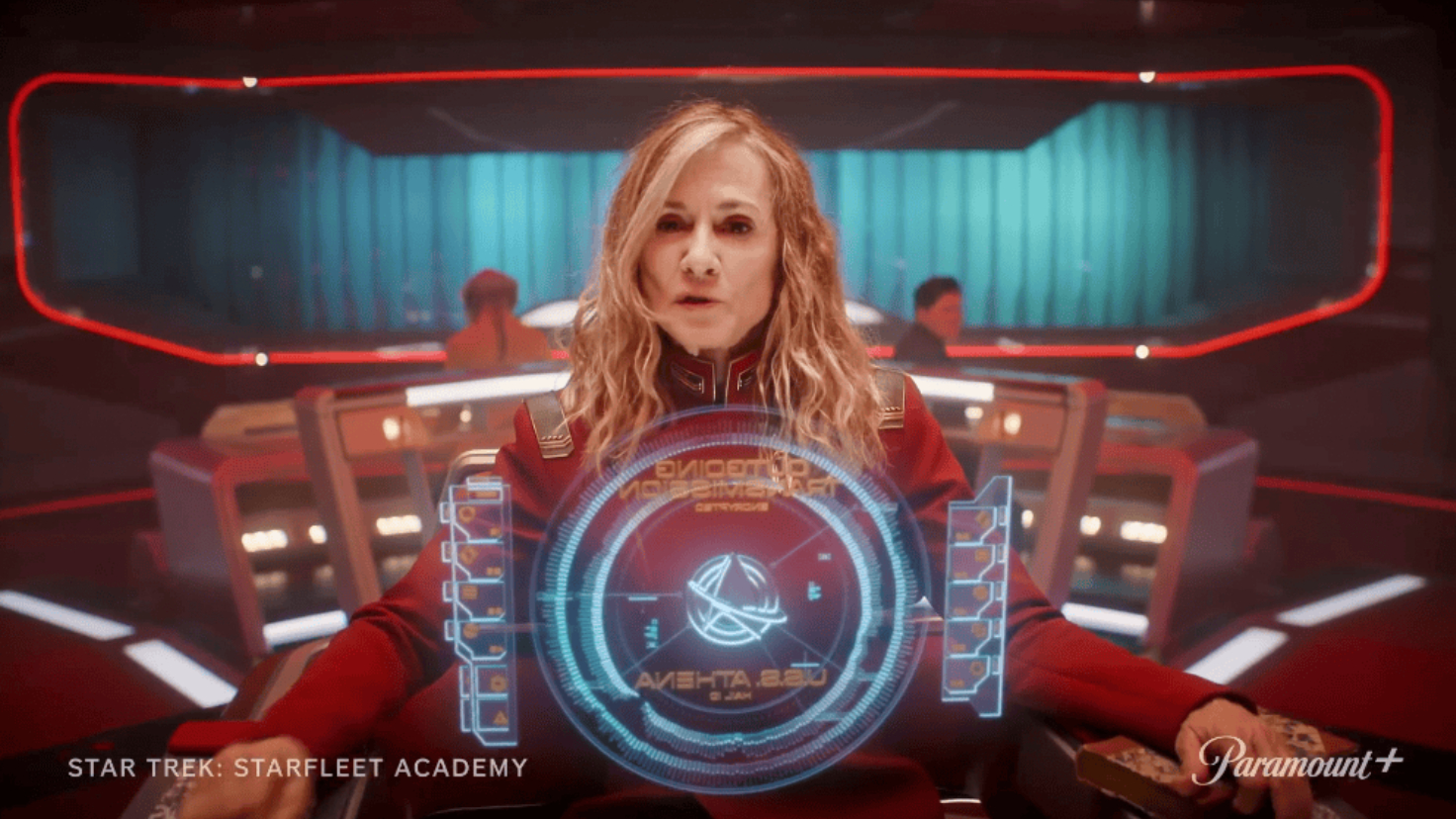Ax-1's first all-private crew to space station would love a trip to the moon. 'The sights here are amazing.'
"We're all in" to go to the moon if the chance arises, one astronaut said.

The all-private mission to the International Space Station is leaving a bit of time for its four commercial astronauts to do a favorite space activity: looking at Earth, and maybe dreaming of the moon.
That's what members of the Ax-1 mission by Axiom Space told kids at Space Center Houston in Texas during an in-flight call from the International Space Station Wednesday (April 13), just one day after the 61st anniversary of human spaceflight.
"The sights from here are amazing, especially during sunset," paying passenger Eytan Stibbe, an Israeli entrepreneur and Ax-1 mission specialist, said during the livestreamed event. "You see the Earth, and you see the atmosphere and different colors, sometimes red, green, brown, yellow. All the colors of this very fragile atmosphere that surrounding our planet and protecting us."
When one student asked if the private space travelers wanted a trip to the moon, Larry Connor, an American entrepreneur and Ax-1 pilot, was quick to answer.
"The short answer is, we're all in. We've actually talked about that and said 'hey, would you come back if there was an opportunity to go to the moon?'" Connor told third-grader Lilliana, age 8. "Universally, it's a resounding yes. So, please let the folks at NASA know that the Ax-1 crew is up to the challenge."
Live updates: Ax-1 private mission to space station
Ax-1 is unique from past space missions in that it is the first all-private crew to the space station. The astronauts arrived in space April 8 aboard a SpaceX Crew Dragon spacecraft and Falcon 9 rocket. Commanding is former NASA astronaut Michael López-Alegría and paying passengers Connor, Stibbe and Mark Pathy of Canada. Pathy is a mission specialist for the flight.
Breaking space news, the latest updates on rocket launches, skywatching events and more!
The group emphasized that even the paying passengers are doing science and not just floating around on the ISS, where they arrived April 10. Months of training took place before they launched off of Earth.
"Depending upon our particular role, [we have] anywhere from 750 to over 1000 hours, and some of that eight-month period of time ... basically we were training full time," Connor said of the training. In response to another question, he noted safety is uppermost among training, pointing to "all the safety measures that NASA, SpaceX and Axiom, which organized this, have put together."
Photos: The first space tourists
The crew had many of the usual questions NASA astronauts receive during in-flight events. For food, "we eat most of the same things we eat back home," but rehydrated or packaged to minimize mess, Pathy explained.
Sleeping can be a challenge while floating in microgravity, but the crew looks at it more as a fun activity. "It's quiet. No airplanes passing by and no cars in the street," Stibbe said. "You can sleep anywhere you want. You can sleep horizontal — like we do at home — or upside down, or vertical, or with your head down."
Even López-Alegría, a veteran of three space shuttle missions, 10 spacewalks and one long-term stint on board the International Space Station, expressed excitement. It was his first time aboard a Crew Dragon, and he said the launch was "pretty exciting."
Launch, he said, feels like a bit like driving a car. "If it's a fast car, it feels like somebody's stepping on the gas pedal really hard, only it lasts forever and ever. It takes about nine minutes to get to orbit, and that whole time we're feeling this massive acceleration. So in a word, I would say it's pretty fun."
López-Alegría added he was so pleased to see the reaction of his three crewmates, all new to spaceflight, when they looked out the window to see space for the first time.
"Their reactions were so genuine, and so precious, and so full of joy, that it brought almost a tear to my eye," he said. "It was a wonderful, wonderful experience to have for all of them, and vicariously for me."
In other questions, the crew talked about aspects like the shirtsleeve temperature aboard the ISS, the limited free time they have and even whether they would take on a moon mission (the resounding answer was yes.)
But Pathy said there is one thing he misses about home, even though he knows his sojourn in space will be short.
"Microgravity is fun, but I think we'd rather live with it, with gravity," he said, pointing to its importance on Earth as well. "It messes with your body, and we wouldn't be able to walk down the street. Cars wouldn't be able to drive. It'd be pandemonium. So I think I think we all need a little gravity in our lives."
Follow Elizabeth Howell on Twitter @howellspace. Follow us on Twitter @Spacedotcom or Facebook.

Elizabeth Howell (she/her), Ph.D., was a staff writer in the spaceflight channel between 2022 and 2024 specializing in Canadian space news. She was contributing writer for Space.com for 10 years from 2012 to 2024. Elizabeth's reporting includes multiple exclusives with the White House, leading world coverage about a lost-and-found space tomato on the International Space Station, witnessing five human spaceflight launches on two continents, flying parabolic, working inside a spacesuit, and participating in a simulated Mars mission. Her latest book, "Why Am I Taller?" (ECW Press, 2022) is co-written with astronaut Dave Williams.

